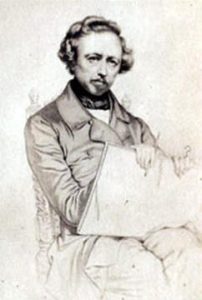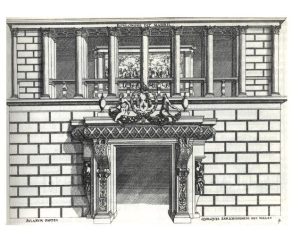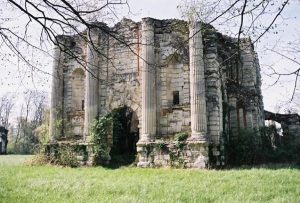Training in Paris and in Italy
The young Pradier’s education started in Geneva, where Vivant-Denon, then on a mission in the city, the capital of the French Léman region for some time, was so impressed by Pradier’s talent that he decided to make him go to Paris. After being taught by the painter François Gérard (1770-1837), he was a student at the Ecole des Beaux Arts (Fine Arts School) in the studio of the sculptor Frédéric Lemot (1773-1827).
While being a sculptor, he was also a gifted painter. But he soon became one of Lemot’s most brilliant pupils and won the Pris de Rome in 1812. He stayed 5 years in Rome and developed his own style, rather similar to the elegant and graceful statuary of the 18th century.
The kings' sculptor
After 1824 he was supported by all regimes, and pursued a sort of official career under the Bourbons until 1830, and then under the Orleans. He sculpted the bust of Louis XVIII in 1824, and that of Louis-Philippe in 1834, as well as many statues of Duke Ferdinand d’Orléans, and then, in 1847,his recumbent effigy for the royal chapel in Dreux, the necropolis of the Orléans family.
Pradier produced a great number of works. The complete fluency and classical look of his work led to his nickname “the last of the Greeks”.
Among his most famous works
Let us mention the following :
- the mausoleum of the Duke of Berry in Versailles Cathedral,
- the statue of Saint Augustine in the Church of Saint Roch, Paris,
- the Virgin’s wedding group in the Church of the Madeleine, Paris,
- the winged Greek allegories on the Arc de Triomphe,
- Napoleon’s victories for his tomb in the Invalides,
- several statues representing cities for la place de la Concorde,
- five statues for the fountain on the esplanade in Nimes.









